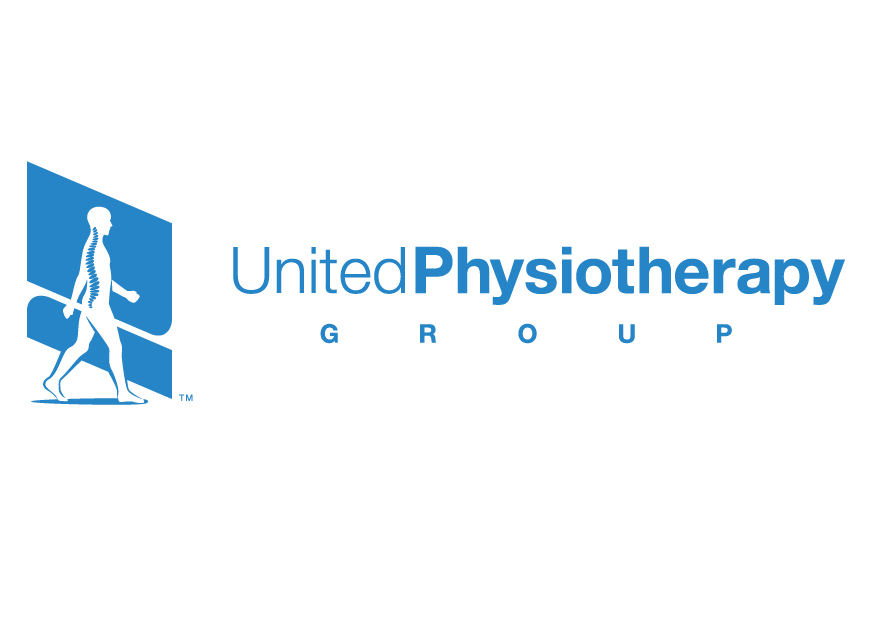The Best Way to Manage Shoulder Pain
By Liam Frost, Physiotherapist.
Shoulder pain is an all too common issue for people all over the world. In fact, research shows that almost 25% of the adult population will experience shoulder pain at some point in their adult life. At any moment there are anywhere between 500 million and1.8 billion people suffering from shoulder pain. How is it best managed? Which should you choose- surgery, or physiotherapy?
A structure that commonly plays a large role in shoulder pain is a group of muscles referred to as the ‘rotator cuff’, otherwise known as the muscles that play a vital role in the healthy movement and function of our shoulders. Due to their important role in the shoulder joint, we often run into trouble if their capacity to do their job is compromised.Conditions like ‘tendonitis’, ‘bursitis’ and ‘impingement’ are common, and are likely to be a result of the rotator cuff not being able to do its job adequately.
Shoulder pain is commonly managed with surgery as the primary intervention, and conservative management with physiotherapy is often skipped. In recent years, this notion has been strongly challenged. Multiple studies have compared shoulder surgery with physiotherapy which involved exercises specifically targeting the shoulder. The results consistently find that physiotherapy is as effective as surgery after 12 months of the intervention. But here’s the real kicker. Studies have also compared shoulder surgery to ‘sham surgery’, which refers to a group of subjects going in for surgery and having a camera put into their shoulder. This sham surgery has been found to be no different from the real shoulder procedure.
Does your scan say you have a tear in your shoulder? Well, the numbers are still strongly in your favour for a successful outcome with physiotherapy. So, how do the numbers stack up?
If you do not have a tear in your shoulder, you have an 80% chance of a successful outcome.
If you have a partial tear, you also have an 80% chance of a successful outcome.
If you have a ‘full thickness tear’ your chances of having a successful outcome is still a high 75%.
So where to from here? How do we get you into the successful outcome group?
For starters, seeing a physiotherapist is a great option. They can assess you and give you the information and guidance you need. Physiotherapists are experts in providing rehabilitation exercises for shoulders and providing you with appropriate progressions when you are ready. Another key element is time. You must allow adequate time, as there is no quick fix, not even with surgery or an injection. 12 weeks is the minimum amount of time that we need to give ourselves with rehabilitation before going down the surgical pathway.
If you are experiencing shoulder pain and would like to book into an appointment with one of our physiotherapists, please book in here.
References:
Luime et al, 2004, Beard, 2018, Ranebo 2019, Kuhn et al, 2013

